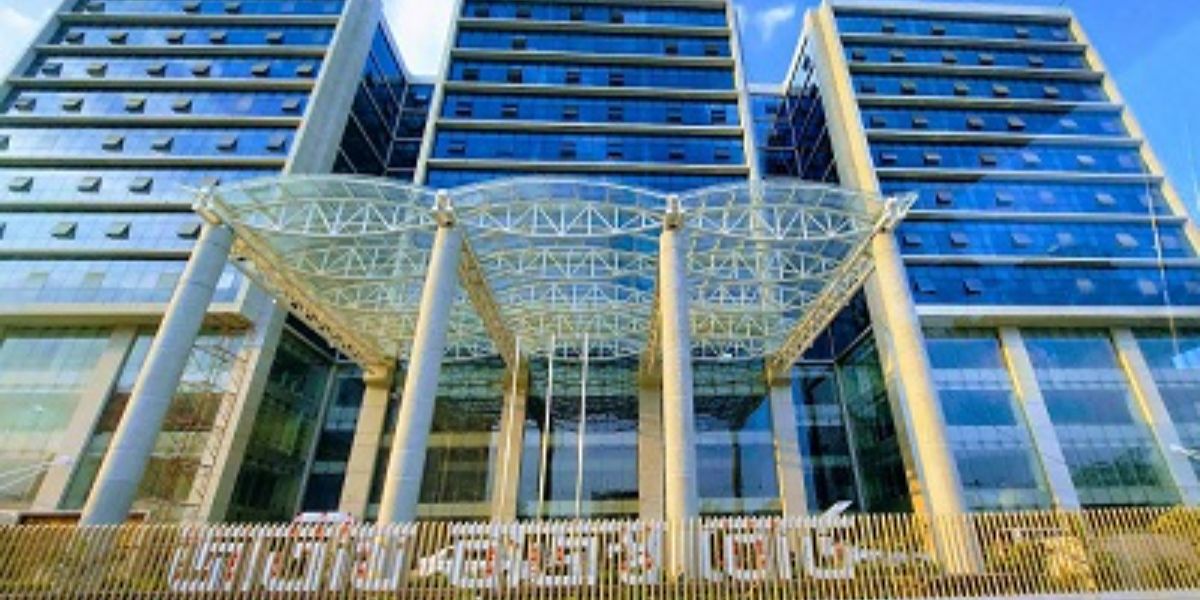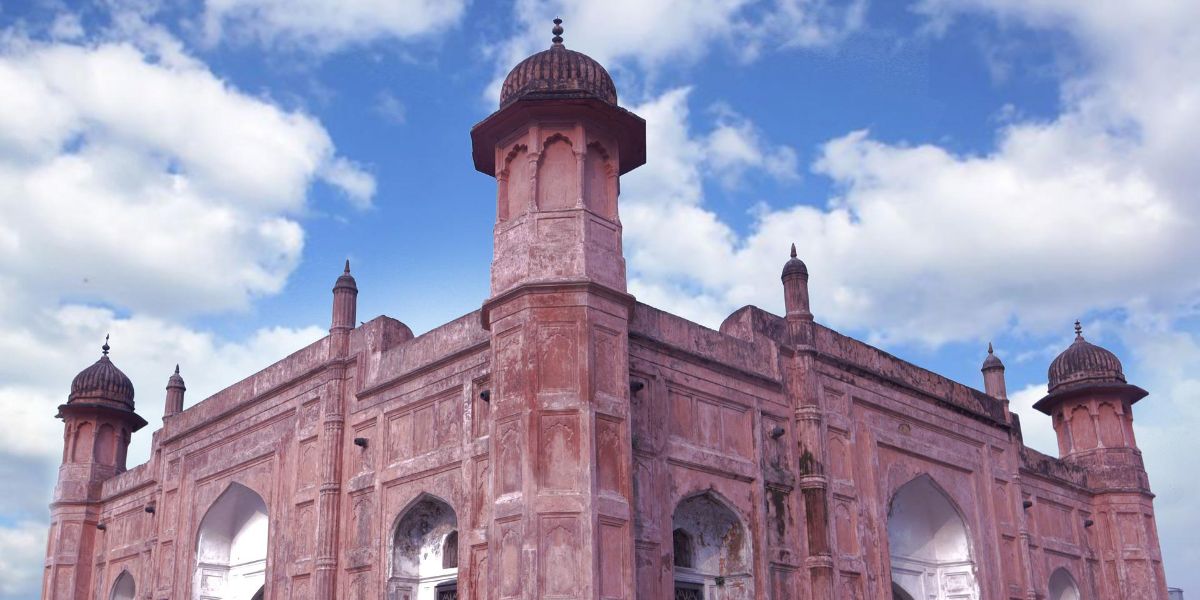Bangladesh plans to reform its tariff structure in the FY2025–26 budget, reducing duties on medicines and industrial inputs while increasing them on select raw materials, ahead of its LDC transition in 2026.
Bangladesh is preparing a tariff reform in its FY2025–26 budget as part of its transition from the status of a Least Developed Country (LDC) in 2026.
The National Board of Revenue (NBR) may reduce or remove Supplementary Duty (SD) and Regulatory Duty (RD) on approximately 500 tariff lines, currently ranging from 20% to 40%, to align with World Trade Organisation (WTO) requirements.
The proposed changes aim to update the current tariff schedule by trade policy commitments.
Bangladesh’s average import tariff is currently 28%, below the average for LDCs.
Proposals include:
- Withdrawal of duties on raw materials for 59 medicines, including those used in cancer treatment
- Removal of tariffs and minimum values from 40 products
- Increases in import duties on raw materials used in 14 industries
- Increases in minimum values on 21 items, including cosmetics and door locks
- Replacement of duties on steel raw materials with higher VAT and Advance Income Tax (AIT), increasing the effective tax burden by over 40%
.
Selected proposed Changes
| Item | Current Duty Rate | Proposed Duty Rate |
| Crude fuel oil | 5% | 1% |
| Other fuel imports | 10% | 3% |
| Refined sugar | Tk 4,500/tonne | Tk 4,000/tonne |
| Microbus (SD) | 20% | 10% |
| Cricket bat woods (English, Kashmiri, Coconut Willow) | 37% | 26% |
| Chemicals for paper and leather industries | 5% | 1% |
| Imported butter (RD) | 3% | 0% |
| Neutralised soybean oil | 15% | 5% |
| Japanese scallops | 15% | 5% |
| Non-alcoholic juices (SD) | 150% | 100% |
| Phenolic resin and sandpaper materials | 10% | 5% |
| Raw materials for 59 medicines | Varies | 0% |














